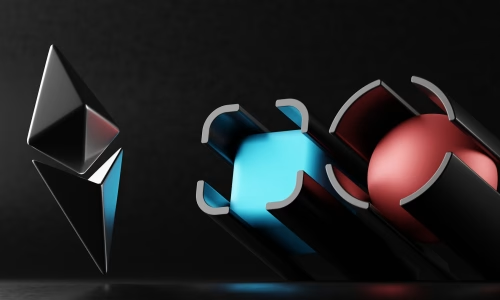XRPL: The Versatility of Federated Byzantine Agreement in Blockchain
Introduction
The XRP Ledger (XRPL) stands out in the crowded field of blockchain technologies due to its unique consensus algorithm, the Federated Byzantine Agreement (FBA). Developed by Ripple Labs, XRPL aims to provide a fast, scalable, and efficient platform for financial transactions. This article explores the XRPL’s history, its underlying FBA consensus mechanism, and its diverse applications in the blockchain ecosystem.

What is XRPL?
The XRP Ledger (XRPL) is an open-source, decentralized blockchain platform designed to facilitate fast and low-cost international payments. It was developed by Ripple Labs, a technology company focused on improving global financial transactions. XRPL uses its native digital currency, XRP, as a bridge currency for cross-border payments, enabling liquidity and reducing transaction costs.
XRPL’s key features include:
- Speed: Transactions are settled in just a few seconds.
- Cost: Transaction fees are extremely low, making it suitable for micropayments.
- Scalability: The network can handle a high volume of transactions per second.
Federated Byzantine Agreement (FBA) Explained
The Federated Byzantine Agreement (FBA) is a consensus algorithm used by XRPL to achieve agreement among network participants. Unlike Proof-of-Work (PoW) or Proof-of-Stake (PoS) systems, FBA relies on a decentralized network of validators that work together to validate transactions and maintain the integrity of the ledger.
Key principles of FBA include:
- Quorum Slices: Each validator chooses a set of other validators it trusts, forming a “quorum slice.” Consensus is reached when there is sufficient overlap among these quorum slices.
- Decentralization: Validators operate independently and are spread across different geographical locations and institutions, ensuring decentralization and security.
- Efficiency: FBA allows for quick and efficient consensus without the need for intensive computational work, as seen in PoW systems.
Use Cases of FBA in XRPL
The versatility of the FBA consensus model enables XRPL to support a wide range of applications beyond simple payments:
- Cross-Border Payments: XRPL facilitates fast and cost-effective international money transfers, making it ideal for remittances and global commerce.
- Tokenization: Users can issue and trade tokens representing various assets, including fiat currencies, commodities, and even real estate, on the XRPL.
- Decentralized Finance (DeFi): XRPL supports DeFi applications that provide financial services like lending, borrowing, and trading in a decentralized manner.
- Micropayments: The low transaction fees and high speed of XRPL make it suitable for micropayments, enabling new business models for content creators and service providers.
Security and Efficiency of XRPL
The FBA consensus mechanism ensures the security and efficiency of the XRPL network:
- Security: The decentralized nature of FBA and the use of quorum slices make it resistant to attacks. Validators must reach a consensus on the validity of transactions, making it difficult for malicious actors to manipulate the ledger.
- Efficiency: FBA does not require intensive computational work, resulting in lower energy consumption and faster transaction processing times compared to PoW-based systems.
Challenges and Future of XRPL
Current Challenges:
- Regulatory Uncertainty: The legal status of XRP and the regulatory environment for cryptocurrencies remain uncertain in many jurisdictions, posing challenges for widespread adoption.
- Competition: XRPL faces competition from other blockchain platforms and emerging technologies, requiring continuous innovation to stay ahead.
Future Developments:
- Interoperability: Enhancements in interoperability with other blockchain networks could expand XRPL’s use cases and adoption.
- Scalability Solutions: Ongoing research and development aim to further improve the scalability and performance of the XRPL network.
Conclusion
The XRP Ledger, with its Federated Byzantine Agreement consensus mechanism, offers a versatile and efficient platform for a wide range of blockchain applications. From cross-border payments to tokenization and DeFi, XRPL’s unique features make it a valuable asset in the blockchain ecosystem.
As the technology continues to evolve and address current challenges, XRPL is poised to play a significant role in the future of decentralized finance and digital transactions. Its innovative approach to consensus and its focus on real-world use cases make XRPL a promising platform with substantial potential for growth and impact.









